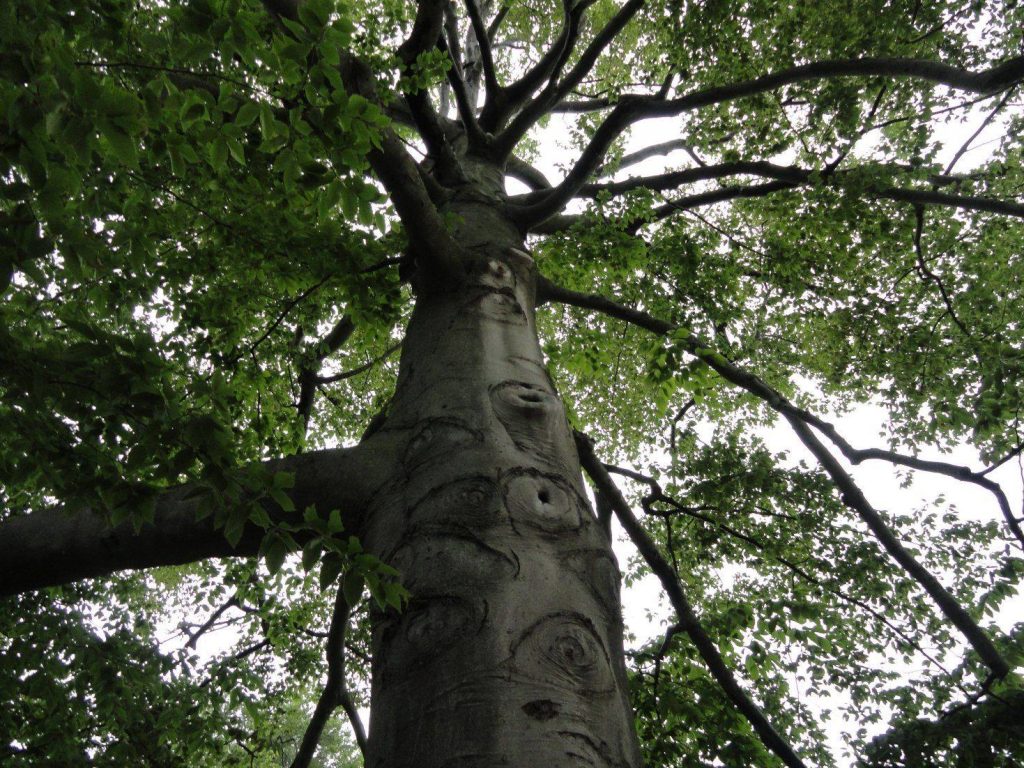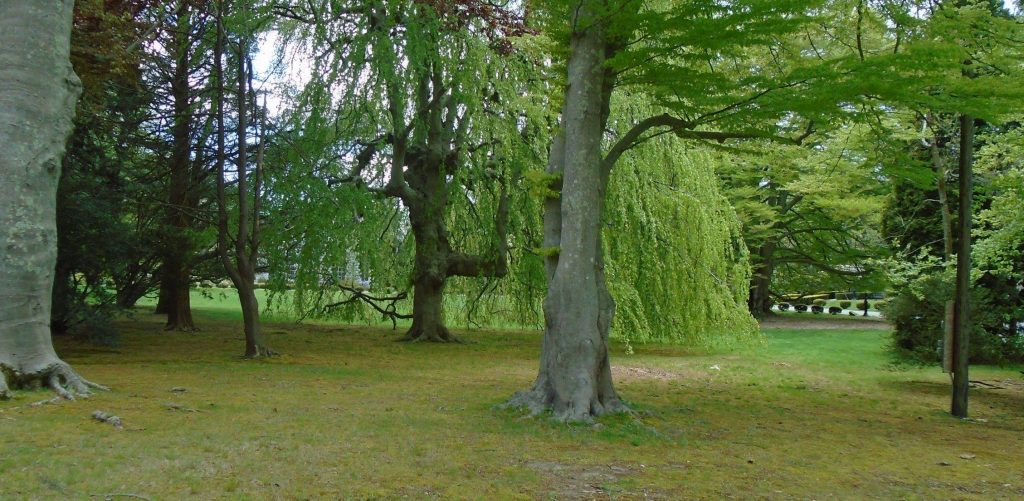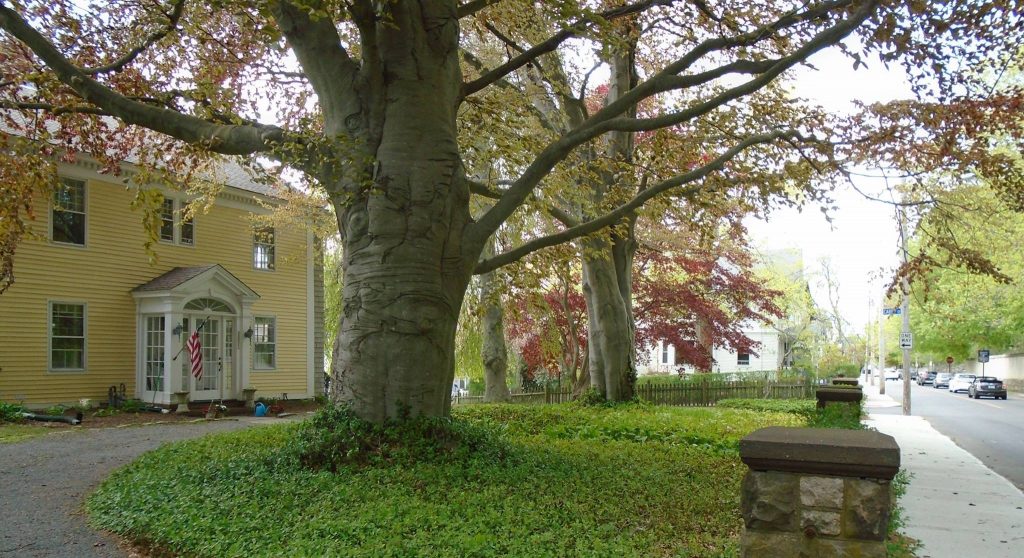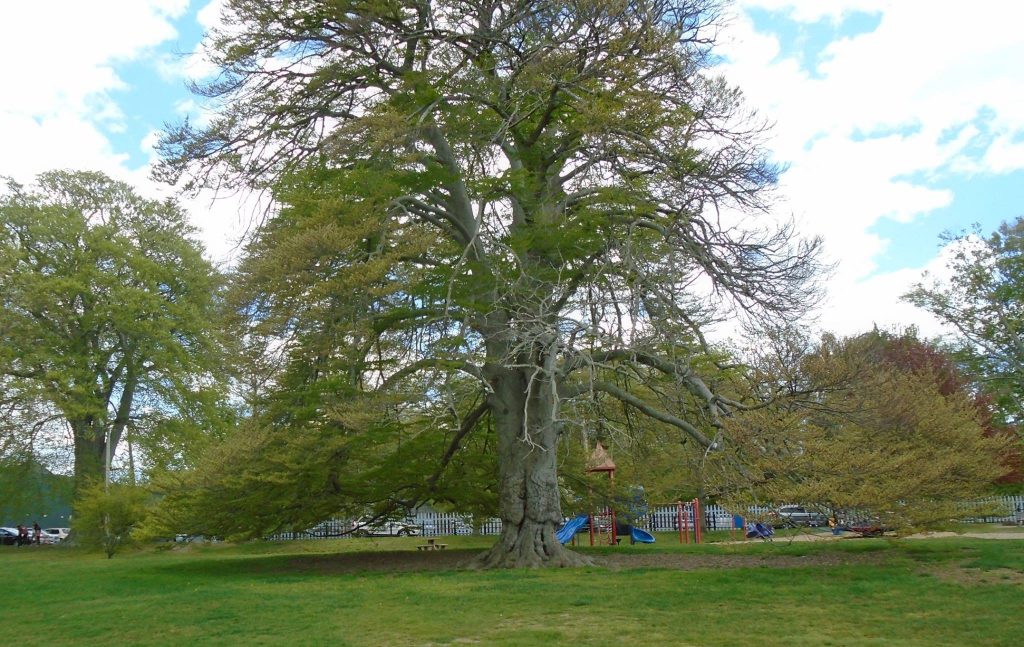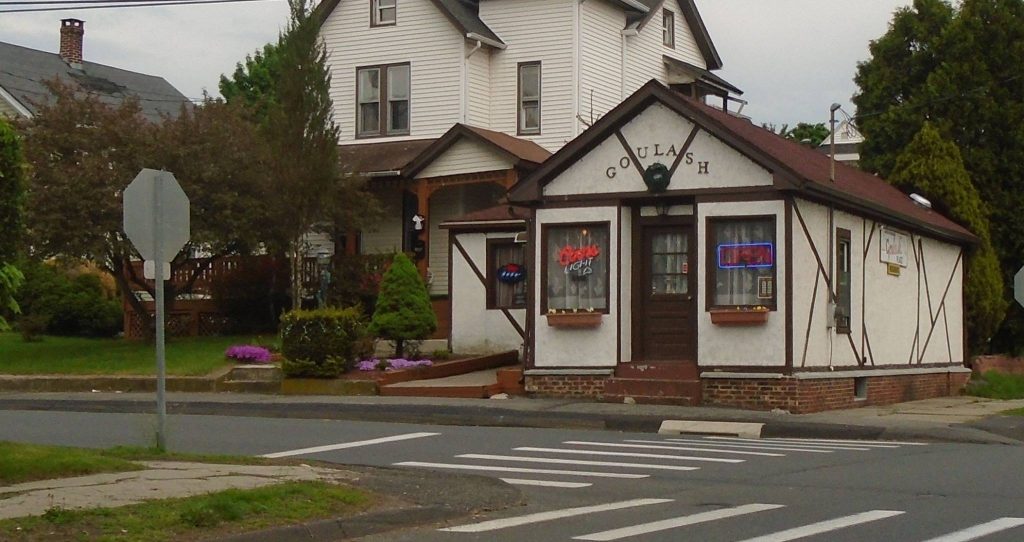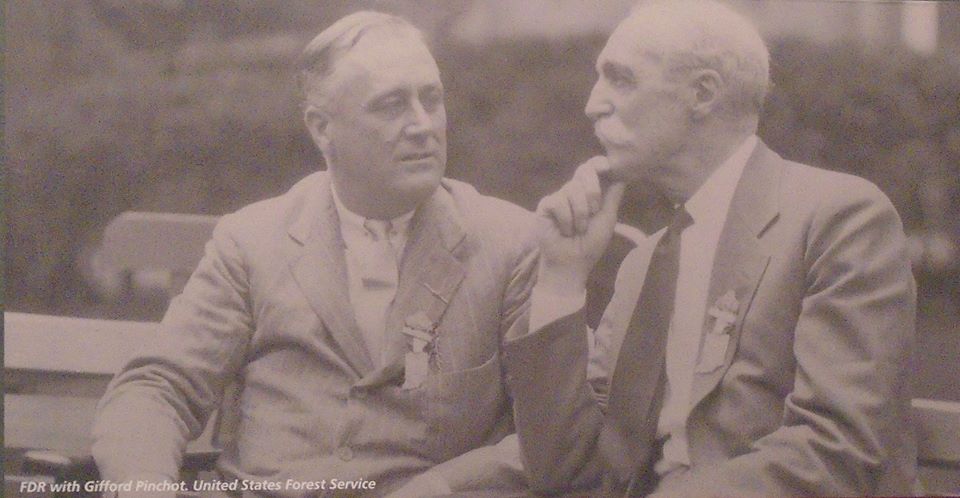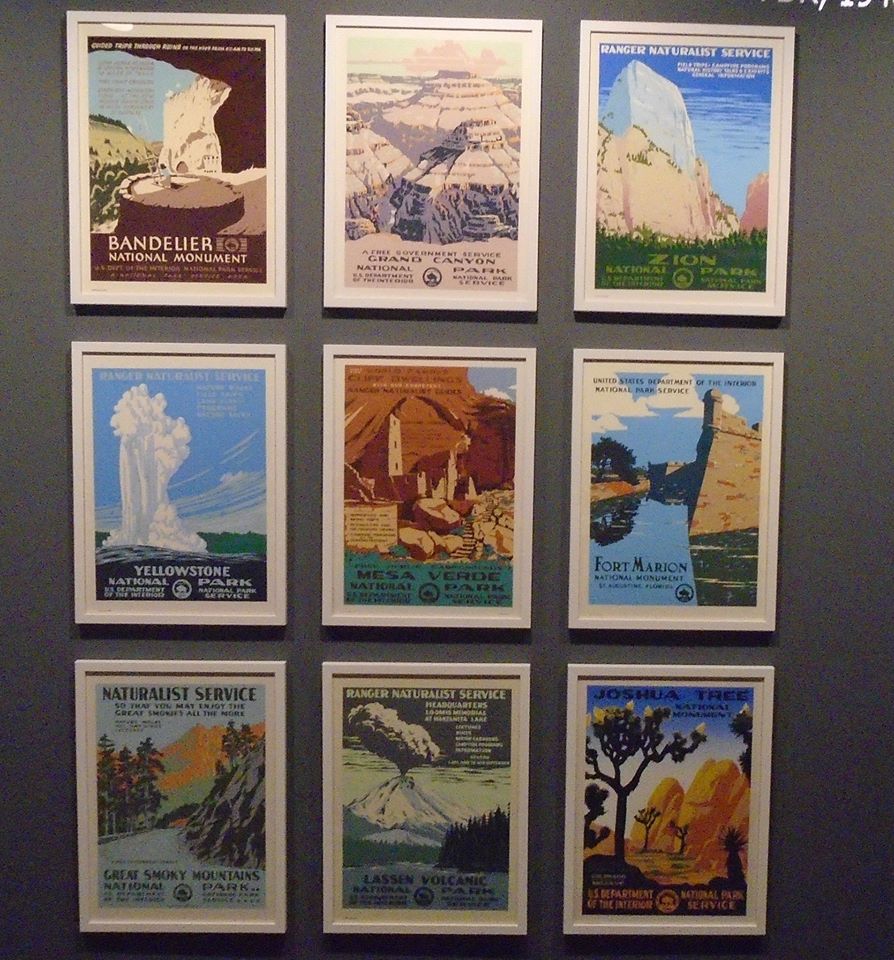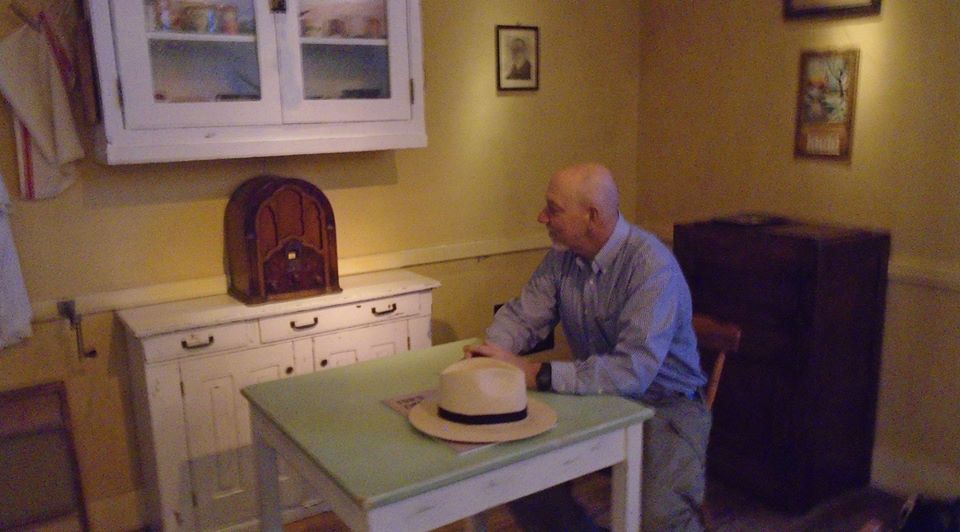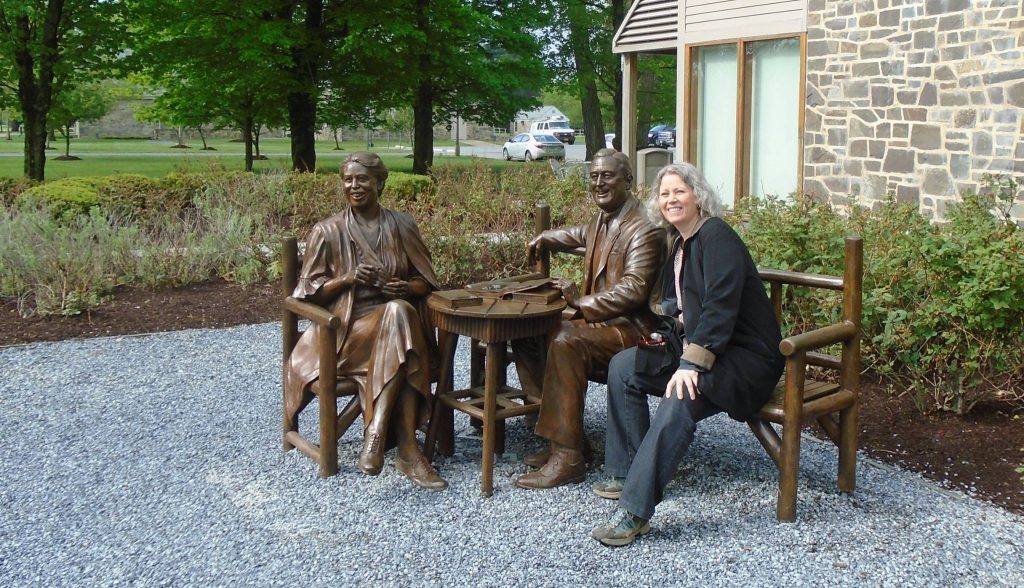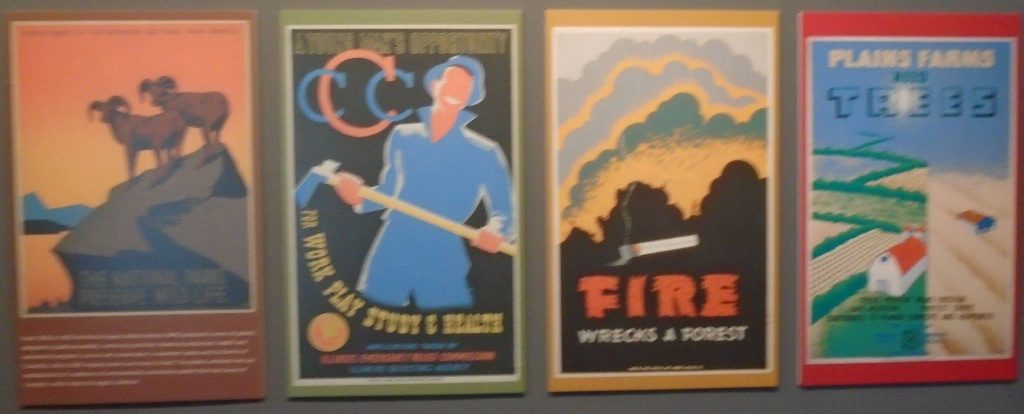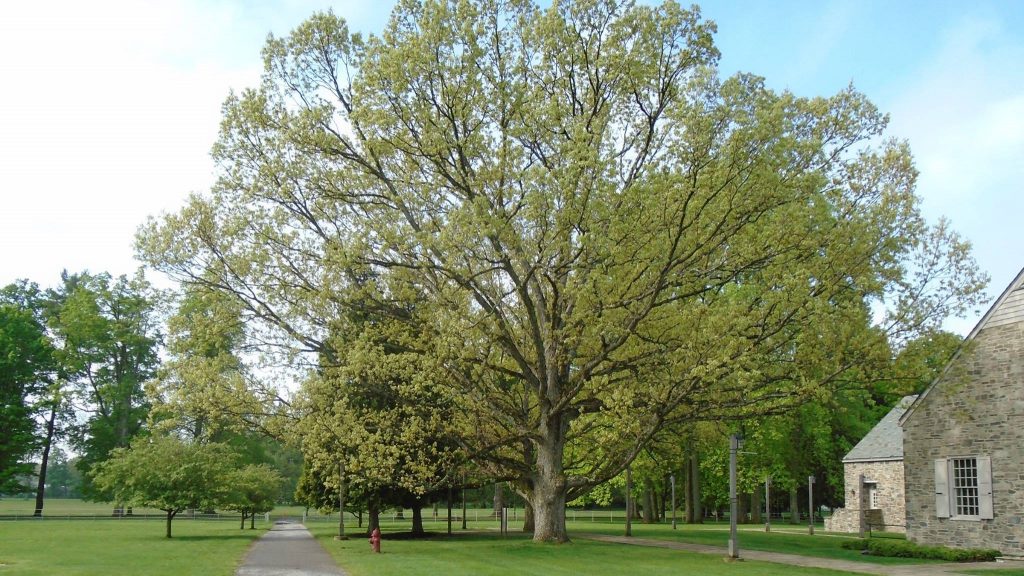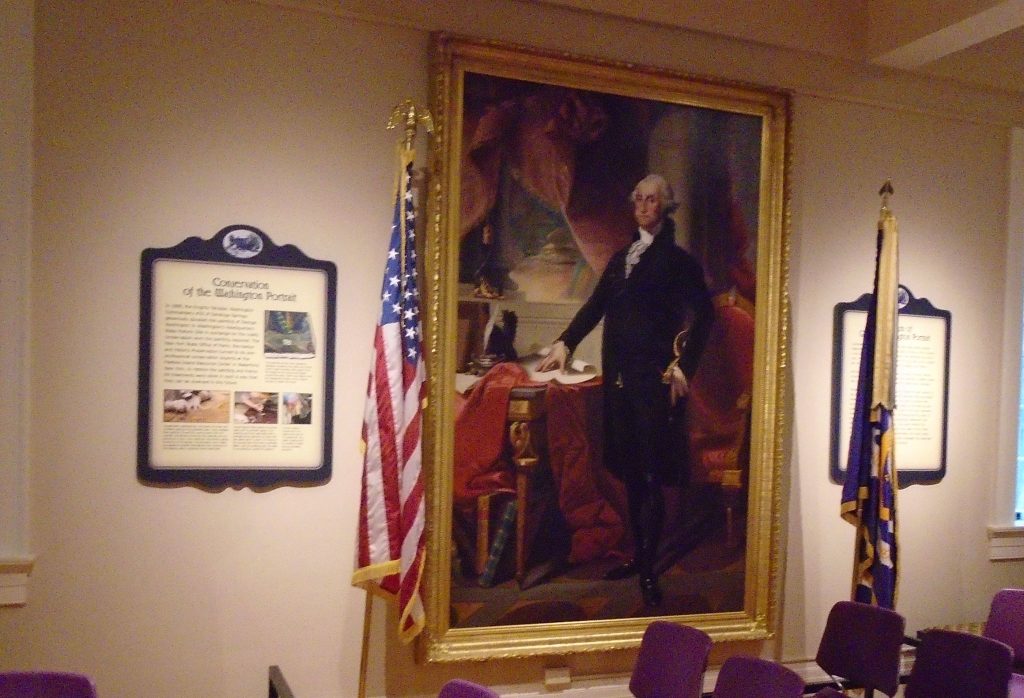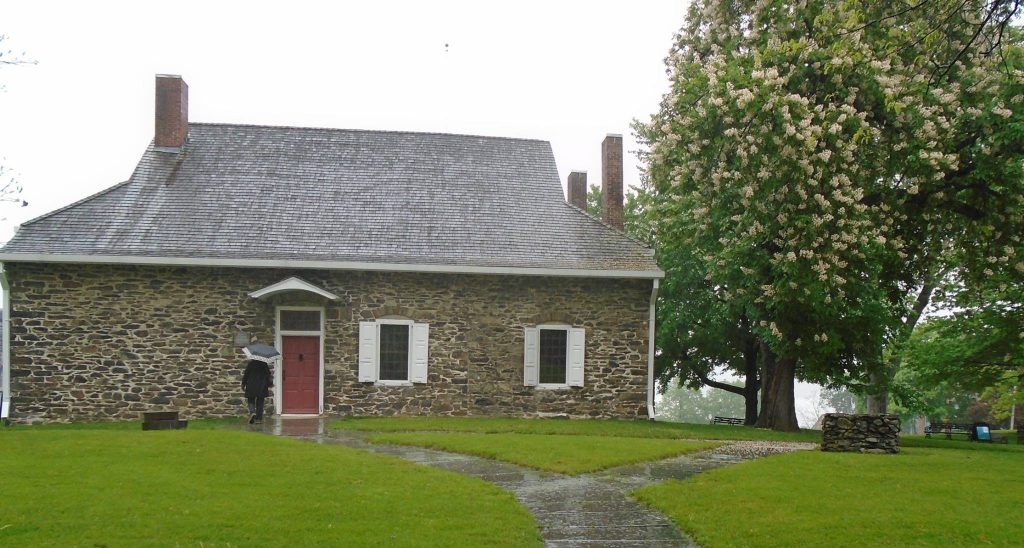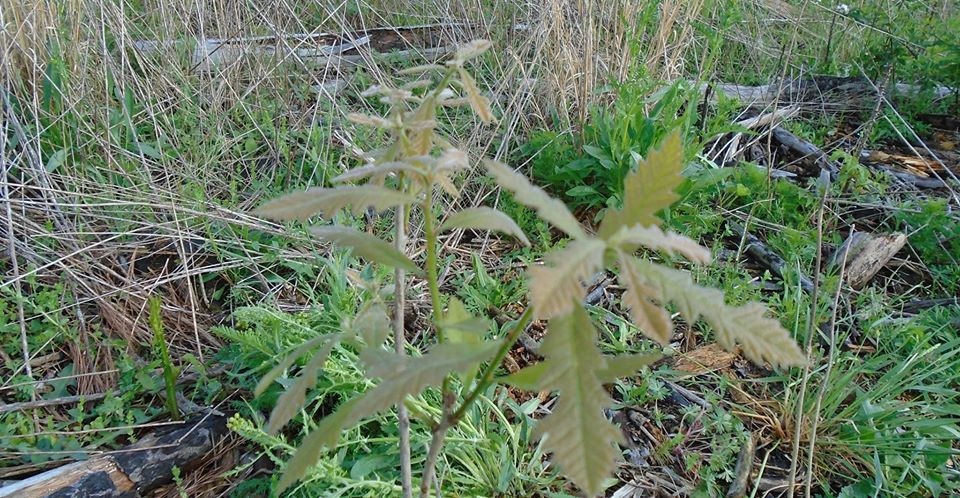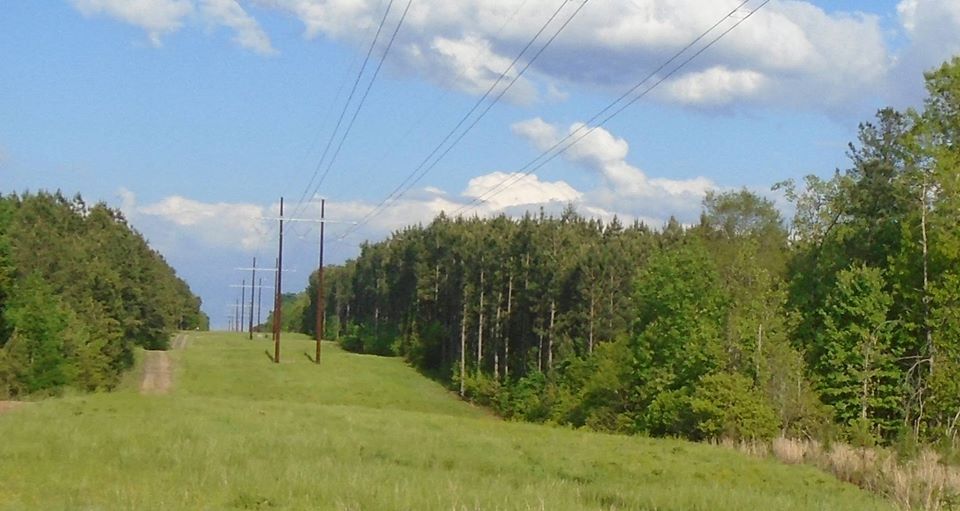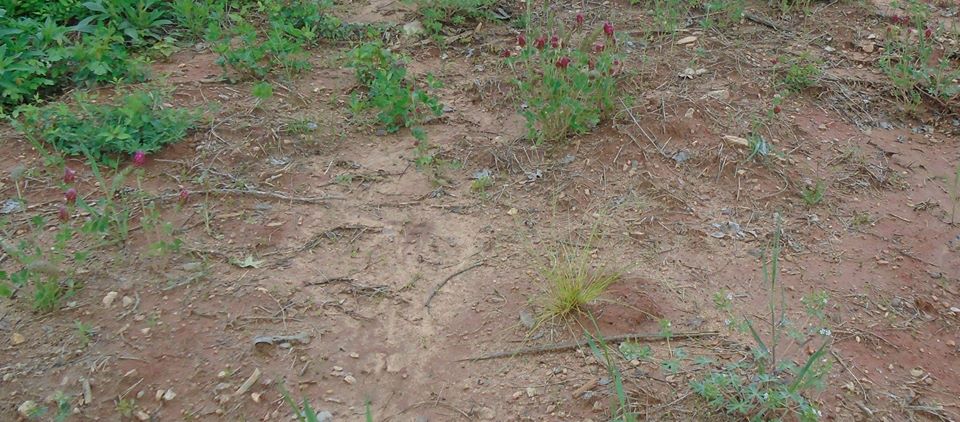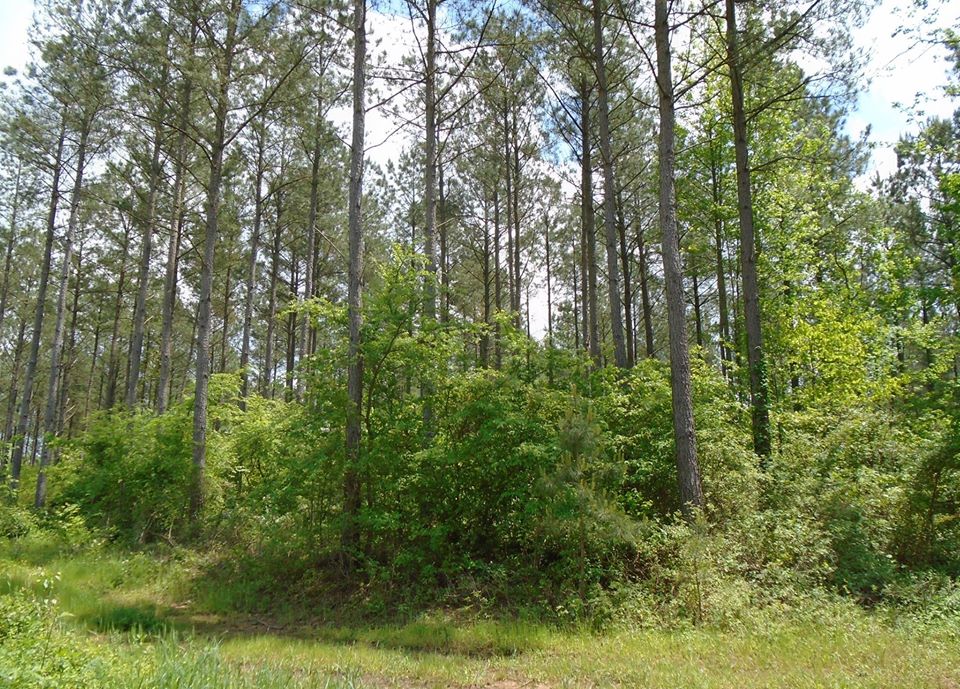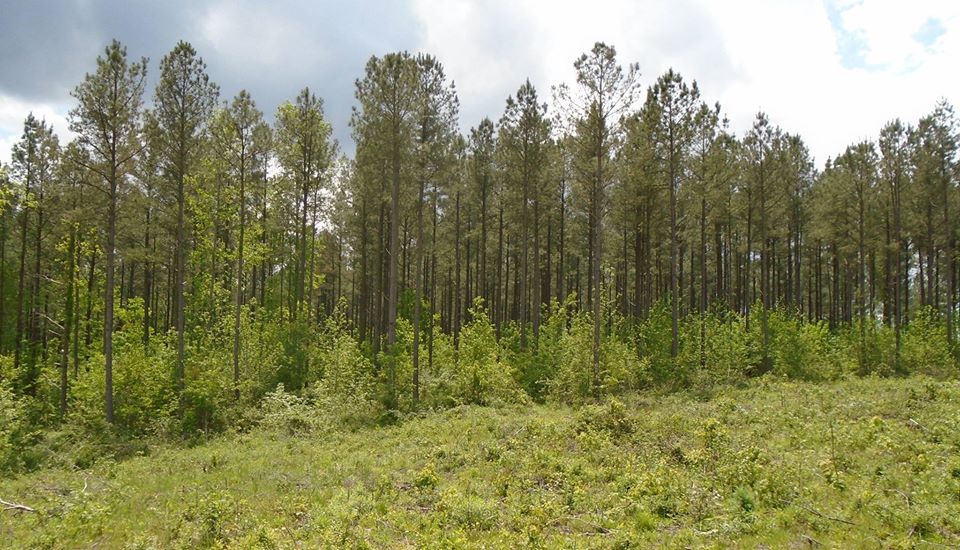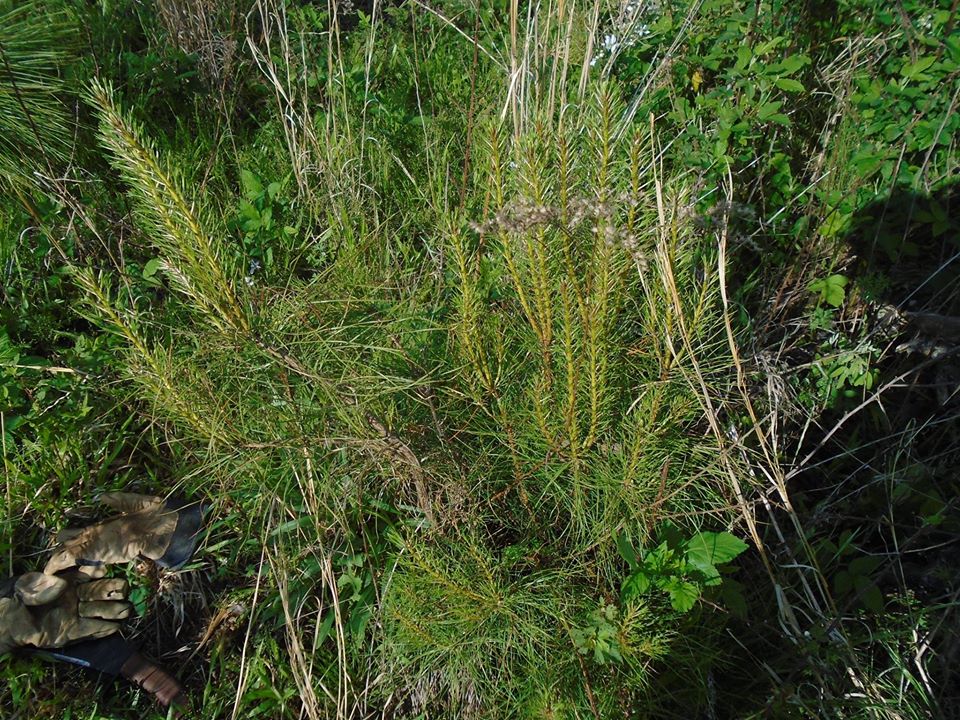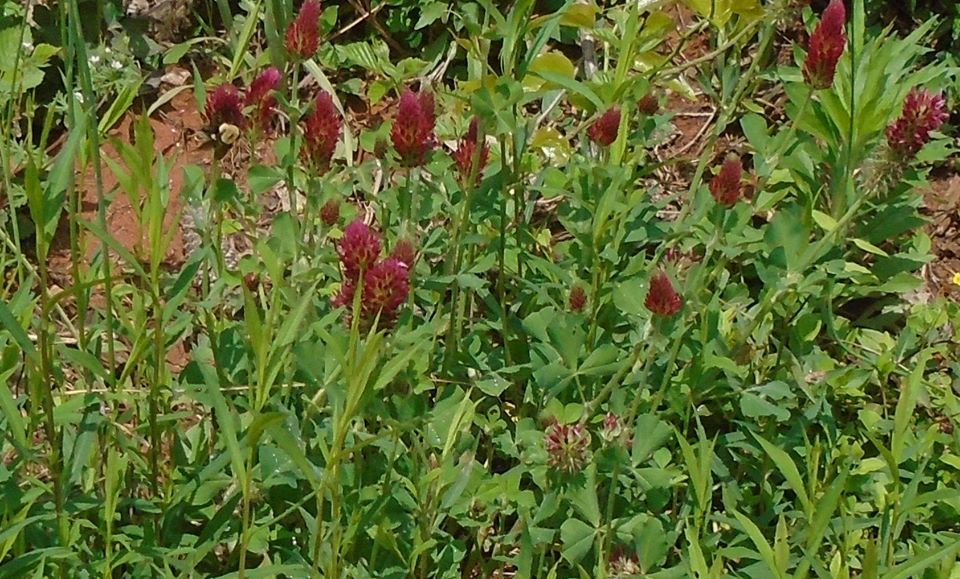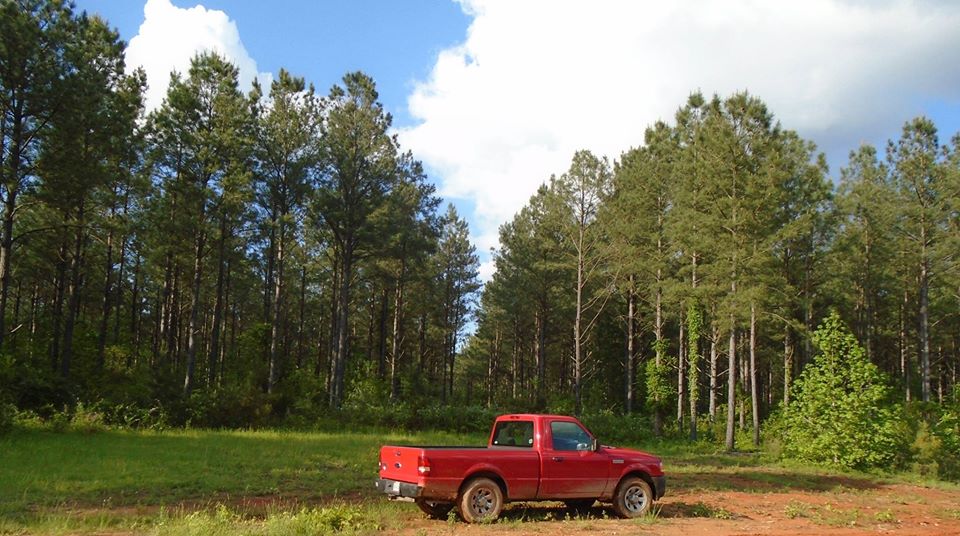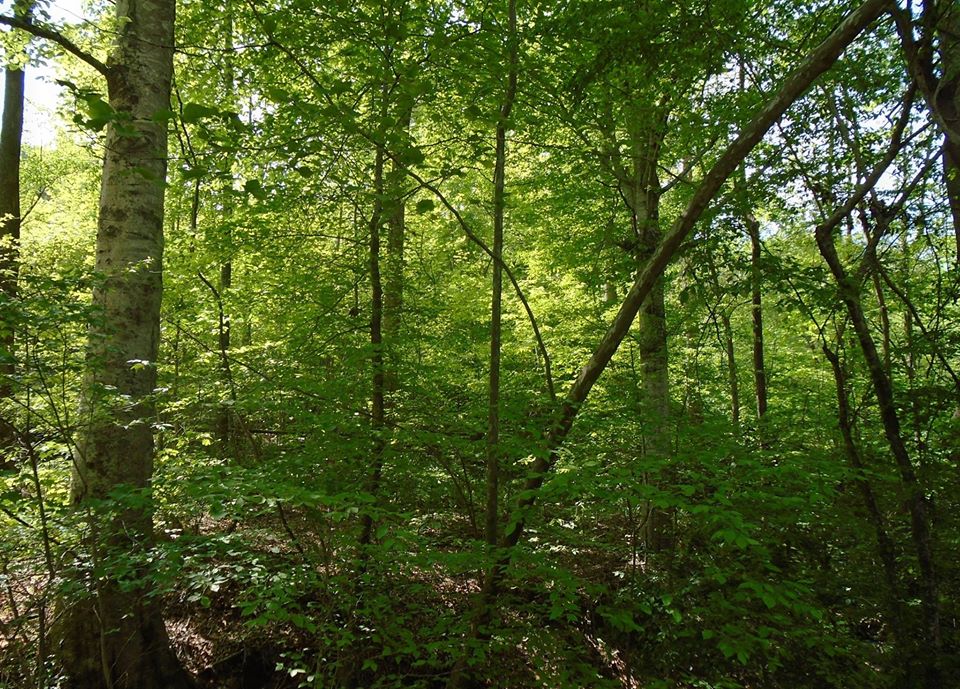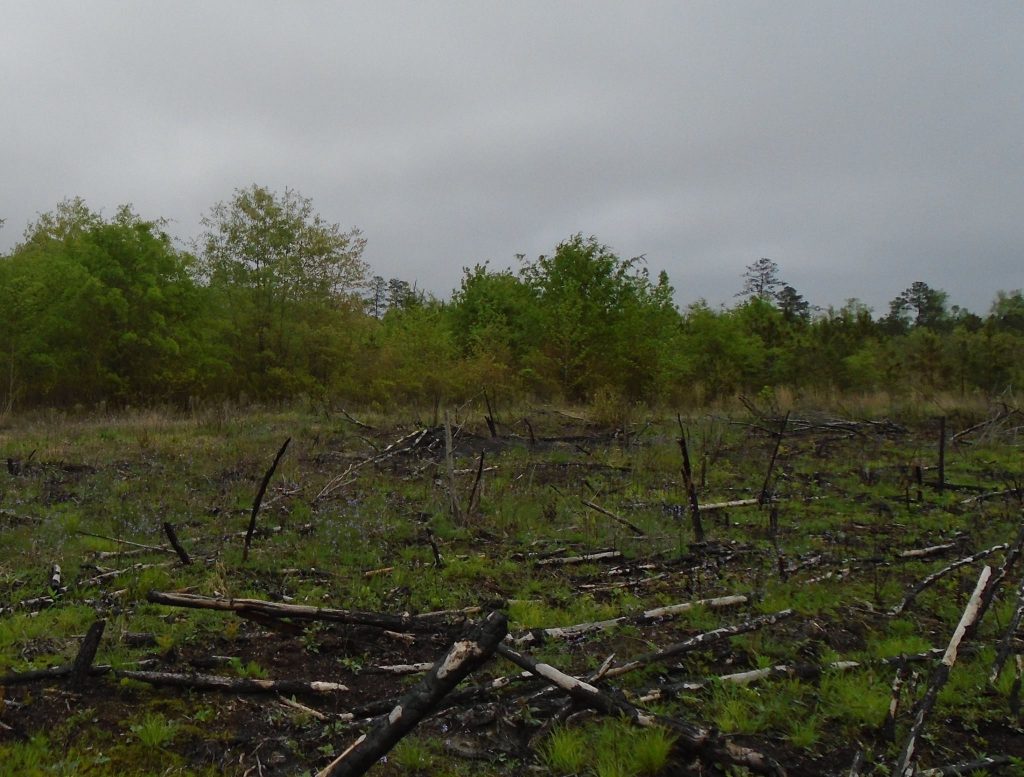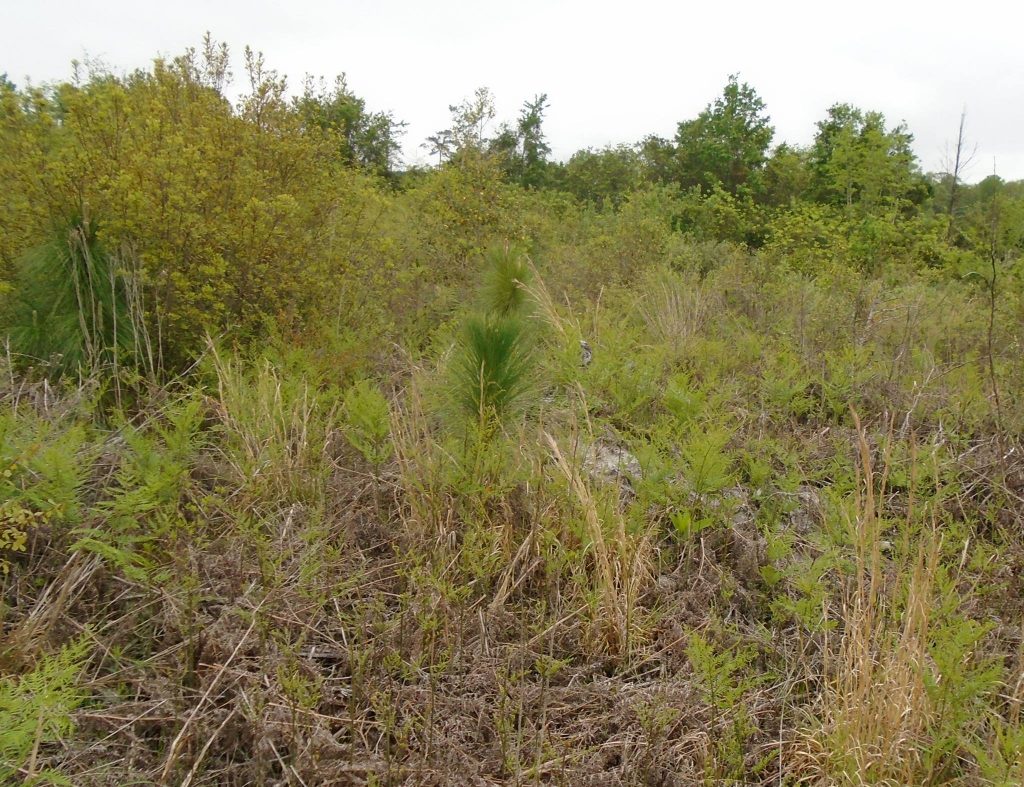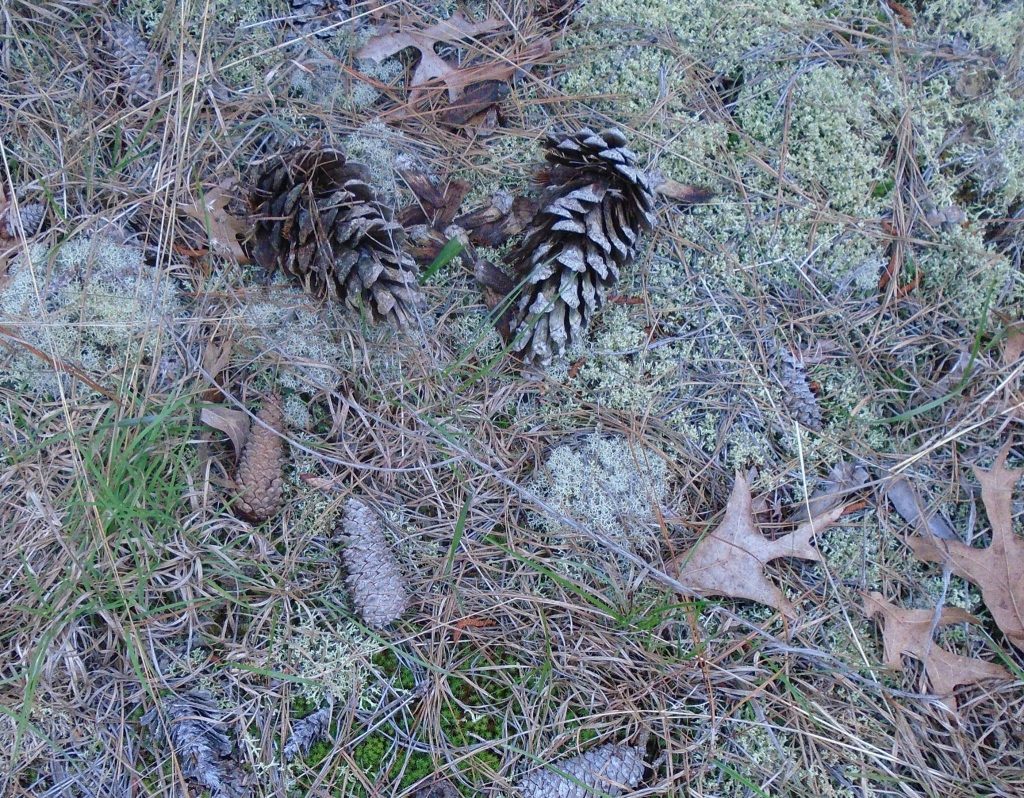Nothing lasts forever. Trees live a long time, but they too succumb. I noticed the many beautiful beech trees in Newport. I also noticed that they were not all in the best of condition. A quick research confirmed.
The beech trees were planted during the gilded age, about 120 years ago. The mansion builders, or at least their landscape architects, loved the beech trees and for good reason. They are truly beautiful and stately trees. Many are the European variety of beech. In their Central European forests home they live around 400 years. although they rarely do. In Newport, they do not make it so long. There are lots of reasons. One is that the beech trees have shallow roots and any kind of traffic on them causes them distress. Anyway, they are nearing the end of their generation.
Newport has a couple of options. They can try to save the old trees, or they can replace them. A combination of both makes sense. It is great to keep the magnificent old trees alive as long as possible. On the other hand, we do not want to create a geriatric ward of trees.
European beeches come in a couple varieties. The copper beech is popular because of its reddish leaves, but it doesn’t grow as big. There is an American beech, also a beautiful large tree. We have lots of them on the farm. The American an European beech look very similar. The European variety has somewhat more rounded leaves and tends to be stouter, while its American cousin is taller. European and American plants and animals are often similar because the continents were connected until the end of the last ice age about 10,000 years ago.
Beech have a very interesting ecology. They are shade tolerant and disturbance adverse, so you find them naturally only in places that have been left alone, no fire or other disruption, for a fair amount of time. In Europe, beech forests tend to predominate and thrive in places that were cleared by neolithic farmers. We are talking human induced changes from the stone age, that is how long these factors can persist. It is also interesting to note, however, that these are not adverse changes.
Wisconsin is the western edge of the beech range and it is very interesting in Milwaukee, which is both on the western and southern edge. Beech trees grow naturally only as far as the fog from Lake Michigan reaches. I know this makes sense only to those in Milwaukee, but let me explain. Beech trees grow in Grant Park, but they do not reach even very far away from Lake Drive. That is how narrow their range. If you go as far west as Howell Avenue, you will find no naturally regenerating beech trees. We are talking a natural range of of maybe only 1000 yards from Lake Michigan. Fascinating, IMO.
My pictures are some of the trees in Newport, except for the last, which is a big American beech I took in Ohio. I will attach an article re in the comments second.
http://www.nytimes.com/2011/10/25/science/25beeches.html

